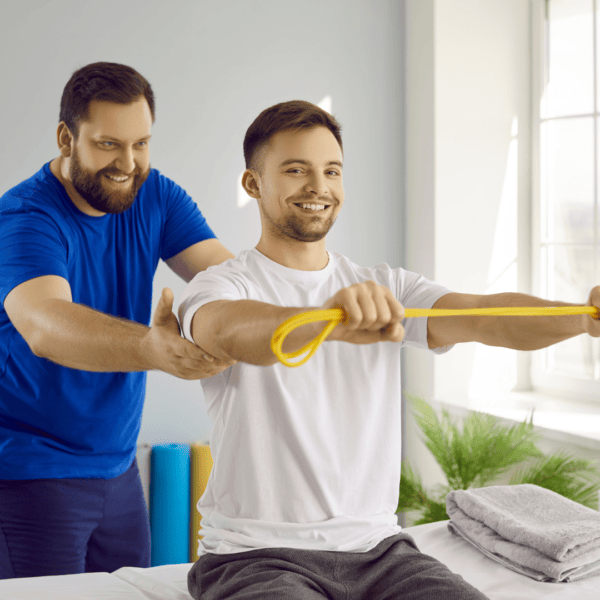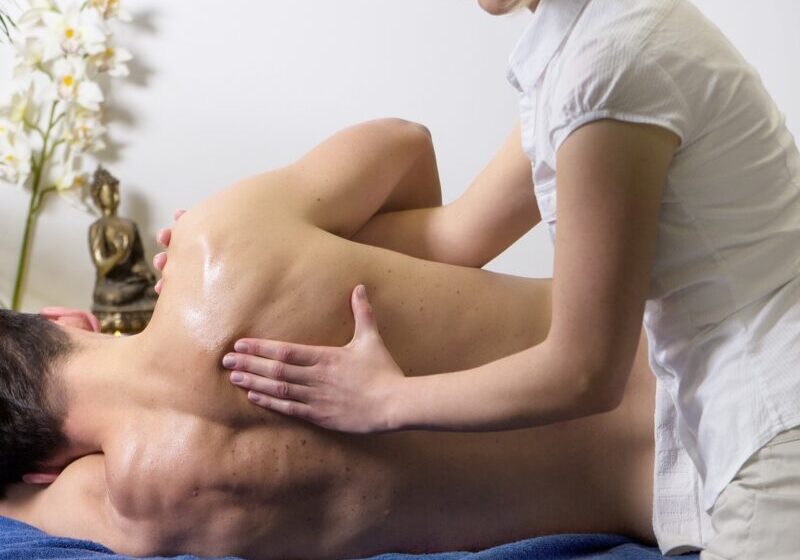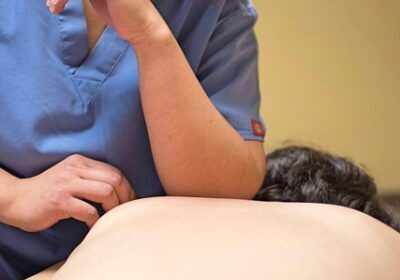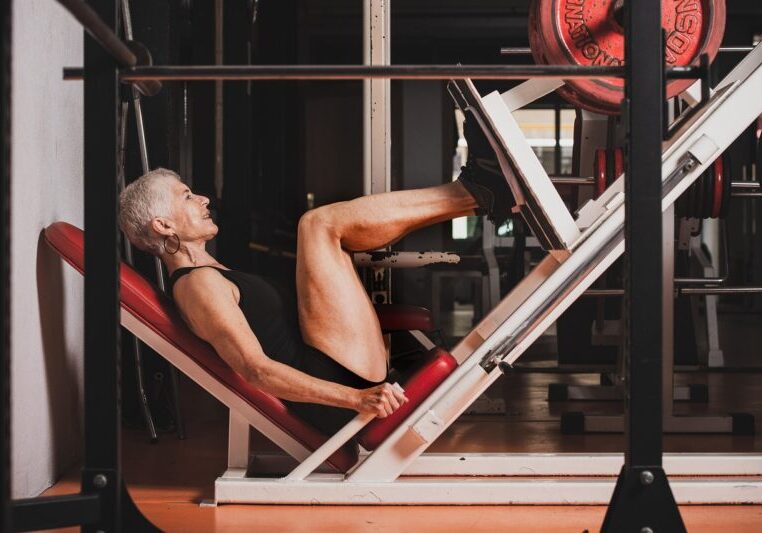
Shoulder injuries can be a real pain – both literally and figuratively. Whether you’re an athlete, an office worker, or someone who enjoys an active lifestyle, a shoulder injury can significantly impact your daily routine and overall quality of life. Fortunately, shoulder physical therapy is a powerful tool that can aid in recovery, restore function, and prevent future issues. In this comprehensive guide, we’ll explore the ins and outs of shoulder physical therapy, from common injuries to effective exercises and expert tips for a successful rehabilitation journey.
Understanding Shoulder Injuries:
The shoulder is a complex joint with a wide range of motion, making it susceptible to various injuries. Some common shoulder injuries include rotator cuff tears, frozen shoulder (adhesive capsulitis), labral tears, and shoulder impingement. Each injury presents unique challenges, but shoulder physical therapy can play a crucial role in managing and healing these issues.
The Role of Shoulder Physical Therapy:
Shoulder physical therapy is a specialized treatment approach that focuses on restoring strength, flexibility, and function to the shoulder joint. It typically involves a combination of exercises, stretches, manual therapy, and modalities tailored to the individual’s specific injury and needs. The goals of shoulder physical therapy include reducing pain, improving range of motion, enhancing muscle strength, and enhancing overall shoulder stability.

Key Components of Shoulder Physical Therapy:
- Assessment and Diagnosis: A thorough evaluation by a skilled physical therapist is essential to determine the extent of the injury, identify underlying issues, and create a personalized treatment plan.
- Pain Management: Techniques such as ice or heat therapy, ultrasound, and electrical stimulation may be used to manage pain and reduce inflammation.
- Range of Motion Exercises: Gentle stretches and mobility exercises help gradually improve shoulder flexibility and prevent stiffness.
- Strengthening Exercises: Targeted exercises focus on building the strength of the muscles surrounding the shoulder joint, including the rotator cuff muscles.
- Manual Therapy: Hands-on techniques like joint mobilization and soft tissue massage can help improve joint mobility and reduce muscle tension.
- Functional Training: Therapy sessions often include exercises that mimic real-life activities to help patients regain functional abilities for daily tasks and specific sports or activities.
- Home Exercise Program: Consistency is key. Physical therapists usually prescribe a customized set of exercises to be performed at home between sessions.
- Patient Education: Understanding the injury, the healing process, and proper body mechanics can empower patients to take an active role in their recovery.
Tips for a Successful Rehabilitation Journey:
- Follow the Treatment Plan: Adhering to the prescribed exercises and attending therapy sessions regularly can accelerate the recovery process.
- Communicate with Your Therapist: Open communication with your physical therapist ensures that the treatment plan is adjusted based on your progress and any challenges you may encounter.
- Patience and Persistence: Shoulder rehabilitation takes time. Don’t get discouraged by slow progress, and celebrate even small victories along the way.
- Prevent Recurrence: Once you’ve recovered, continue with maintenance exercises and proper posture to reduce the risk of future shoulder issues.
Shoulder physical therapy is a critical component of recovering from shoulder injuries and restoring optimal function. With the guidance of a skilled physical therapist and dedication to the prescribed treatment plan, individuals can overcome the challenges posed by shoulder injuries and regain their active and pain-free lifestyles. Remember, healing is a journey, and each step taken towards recovery is a step towards a healthier, stronger shoulder.



